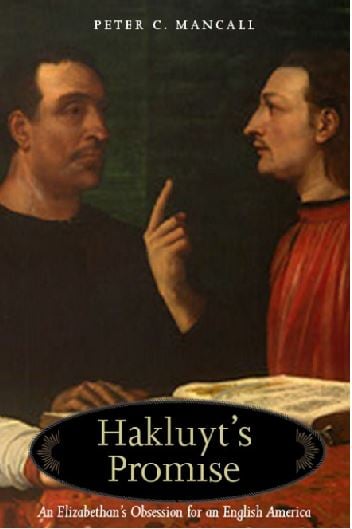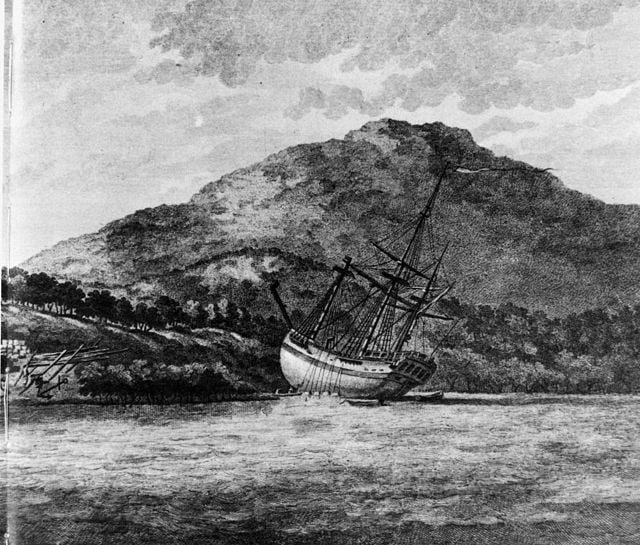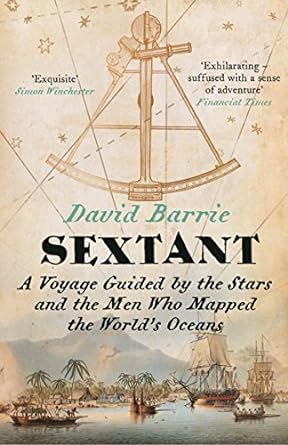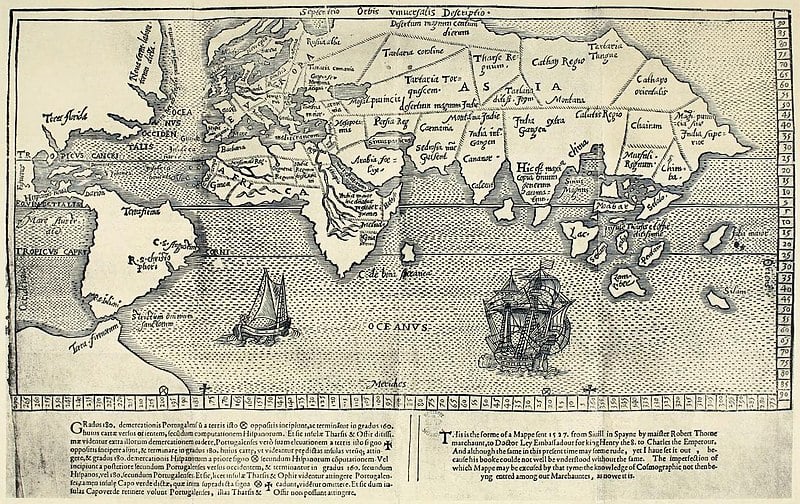
A question that was put to me early in my career as a librarian involved finding historical material relating to a film directed by Werner Herzog and set in South America. I had seen the film, Aguirre: the God of Wrath (1972), so was keen to dig out the associated historical accounts. After much searching the State Library resources, I eventually found a book titled: The Expedition of Pedro de Ursua & Lope de Aguirre in search of El Dorado and Omagua in 1560-1.
The Hakluyt Society
When I found the original catalogue record, I barely noticed the publisher – the Hakluyt Society. However, I soon realised that the Hakluyt Society had published a multitude of primary record accounts of historic voyages and geographical discoveries, many of which are held at the State Library.
Named after Richard Hakluyt (1552-1616), an English writer and editor of travel accounts, the Hakluyt Society was founded in 1846 in London, has published more than 300 titles and, in recent times, released two new books a year.
Cover of Hakluyt’s Promise, a biography of Richard Hakluyt
The Society also publishes a journal providing a source of modern articles on exploration, travel and biography, as well as a very useful series of regional guides to areas including South America, the Arctic and Antarctica.
Curiously, the original steering committee for the Hakluyt Society had Charles Darwin on the panel, drawing on his expertise documenting natural science discoveries on his wide travels.
Terra Australis
The Hakluyt Society also published major works on the first European exploration of Australia and the Pacific, including the five-volume set of the The Journals of Captain James Cook on his Voyages of Discovery.
The Endeavour being careened, 1770. Illustrated by Sydney Parkinson, from The Journals of Captain James Cook on his Voyages of Discovery, volume 4, p. 256
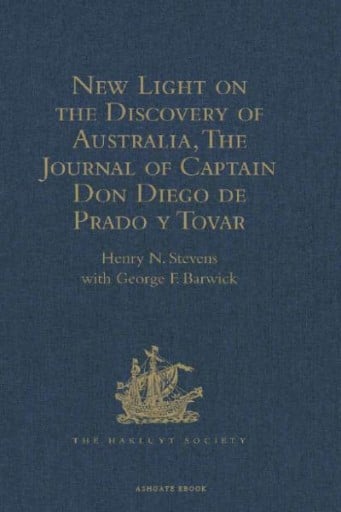
One of the Hakluyt Society’s more recent publications also details exploration in Australia, with the 2015 release of the two-volume set of Matthew Flinders’ journals:
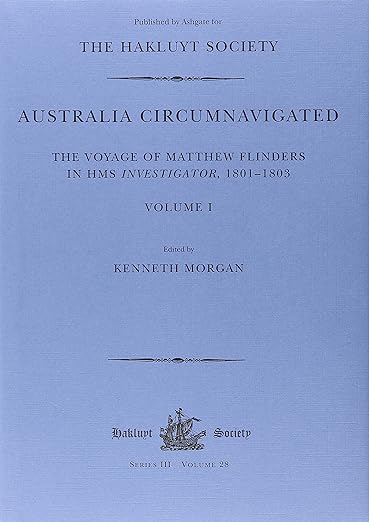
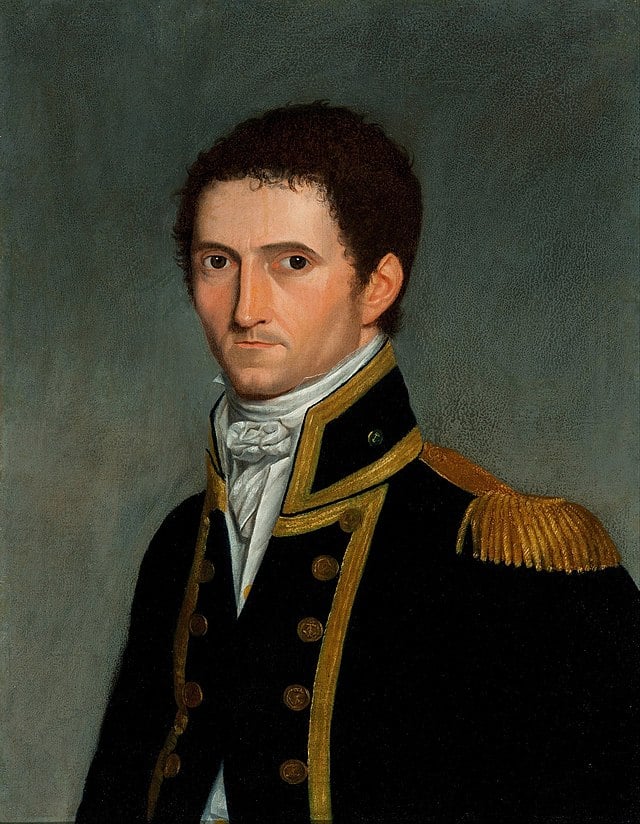
Cover and portrait of Matthew Flinders (1807, Toussant Antoine de Chazal de Chamerel) from Australia Circumnavigated: the Voyage of Matthew Flinders in HMS Investigator, 1801-1803
The Hakluyt Society Journal also has a comprehensive regional guide to the Pacific Ocean, giving in-depth coverage of the history and resources available to research this area of the world.
The society originally set out to publish only accounts of travels that took place before the end of the 17th century, such as William Dampier’s voyages. However, this changed later in the 19th century as we can see by the 20th-century publication of Cook’s journals and Charles Sturt’s The Central Australian Expedition, 1844-1846 in 2002.
Europeans Exploring Europe
The Hakluyt Society collection focuses mostly on significant explorers known in European history. However, some of its publications can be surprising, with a focus on areas that we don’t usually associate with requiring ‘exploration’, such as The Travel Journal of Antonio de Beatis through Germany, Switzerland, the Low Countries, France and Italy, 1517-8. Antonio de Beatis was the secretary and chaplain to Cardinal Luigi of Aragón on his Grand Tour in 1517-18 but the diary was not published until 1872. The diary offers a fascinating glimpse into the daily life of early 16th century, descriptions of European travel, and also mentions a meeting with Leonardo da Vinci at his home in exile in Cloux, France, before his death in 1519.
Non-European Explorers
While the majority of the works published have been about European explorers, a number of key works cover major non-European explorers and recorders such as Ma Huan and Ibn Battuta. Ma Huan (c. 1380-1460) traveled on three of Admiral Zheng He’s expeditions to the western oceans from China from 1413 to 1431. Ibn Battuta (1304-1369) was a Berber Maghrebi explorer and scholar traveling across Africa, Eurasia, South Asia, China and the Iberian Peninsula from 1325 to 1354.


Left: Cover of The Travels of Ibn Battūta, A.D. 1325-1354
Right: Ibn Battuta en Egypte, 1878, illustration by Léon Benett, from Jules Verne’s book The Exploration of the World, p. 77.
Explore the Explorers using other State Library resources
The Hakluyt Society collection at State Library Victoria is more broadly complemented by access to the Age of Exploration database, available to all Victorian resident members of the Library.
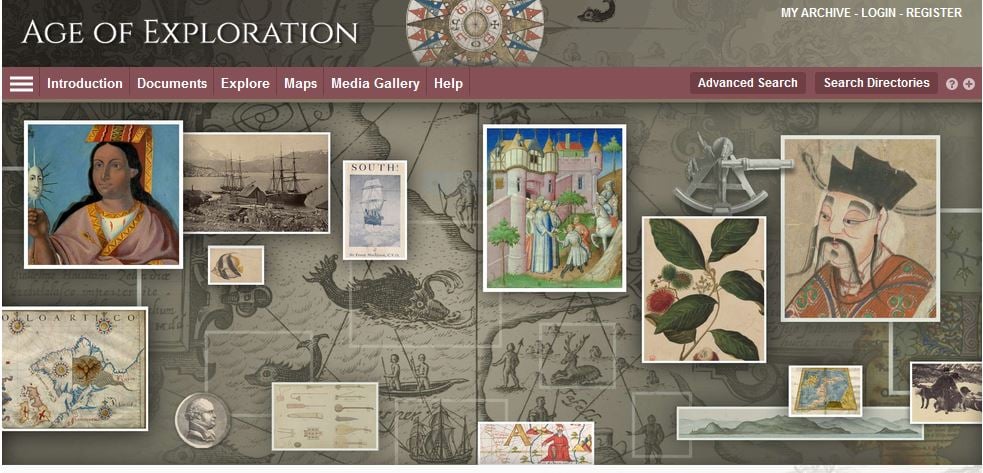
Screenshot of homepage to the Age of Exploration database
This database has a collection of introductory essays providing a useful guide for those unfamiliar with exploration history and highlighting many of the gems buried in this large collection. The interactive maps are also very useful, with Captain Cook’s three voyages represented with all of the route stops mapped. The map gallery also includes more than 800 maps that give visual support to the history of exploration.
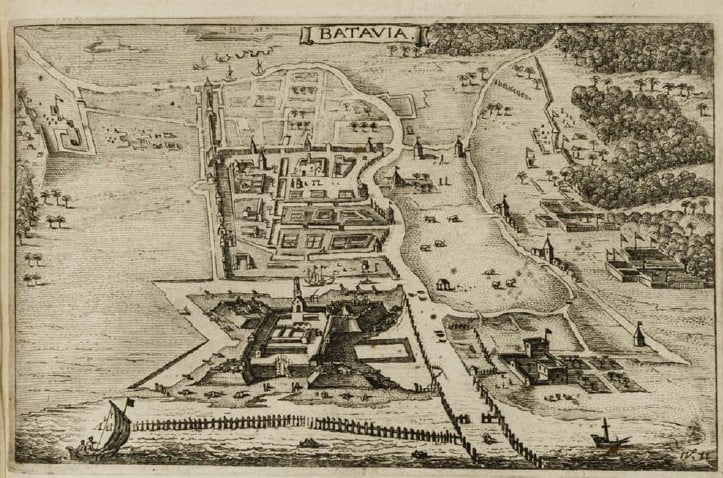
Batavia, 1646. © James Ford Bell Library, University of Minnesota. (held in Age of Exploration map gallery)
The Age of Exploration database search directories are also useful to search for names or places. This function assists database users to track key materials directly related to their research by filtering the many original (occasionally non-English) documents provided in the database.
Navigational Tools
Exploration across the world was expanded for many reasons, including political competition, and driven by financial, population and religious goals. Developments in both science and technology also played important roles. State Library Victoria has books, such as Finding Longitude and Sextant: a Voyage Guided by the Stars and the Men who Mapped the World’s Oceans, that provide fascinating histories of some of the tools used by navigators. While many journeys of exploration were conducted overland, many were by sea, and the library also has histories of ships and boats.
Sextant: a Voyage Guided by the Stars and the Men who Mapped the World’s Oceans
Finally, the State Library’s general collection has about 800 books on discoveries in geography and it also holds biographies about most explorers, often with multiple titles collected over time.
As you embark on your discovery of exploration resources, you will rarely get lost because the reference librarians at State Library Victoria are always available to provide directions and support to help you find information relevant to your interests.
Happy journey!

